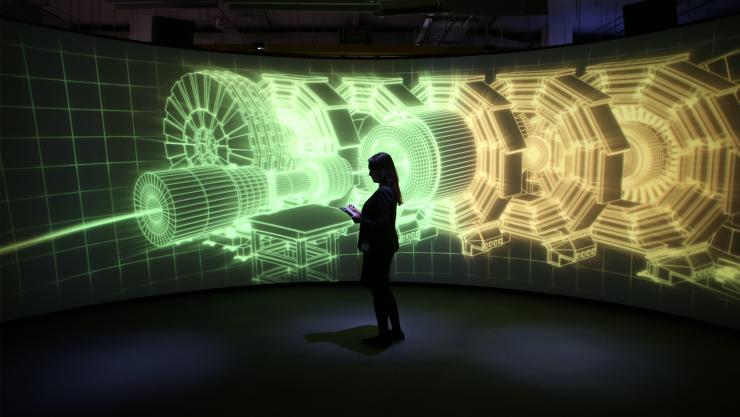Fact: A computer has been made from the manipulation of water droplets and magnets.
In effect, a new class of computer has been developed to precisely control matter.
For as long as we can remember, the fundamental limits of computation, such as creating devices with greater speed or less time devices, are based on how information has to be represented in a physical system. Manu Prakash, a biophysicist at Stanford University told Live Science that “We flipped that idea on its head.” Why can’t we use computations to manipulate physical entities?
In other words, instead of manipulating physical entities like lithium or wiring to make computation faster or smaller, make the computation do a physical chore by manipulating physical matter. Prakash current application, called microfluidic chips include serving as miniaturized chemistry and biology laboratories.
What does that mean? Allow physical entities, like water-droplets, to be used in chemistry or biology analyses as ‘test tubes.’ In this instance, the water droplet is a means to hold a sample. This could be one that is preserved by a myriad of methods or it could be a more naturally stable compound. Either way, if you have a synchronization of test tubes (water-droplets) manipulated by a magnetic field, a scientist can run numerous sampled experiments at a single time. This can be done because each sample can be controlled and synchronized. This would increase productivity, cost and effort, space and time.
The synchronization of the water droplets only recently occurred when Prakash realized that acted in unison under a magnetic field. How they tested it is quite interesting. The core of the microfluidic chip consists of tiny, soft, magnetic nickel-iron-alloy bars half the size of a postage stamp. This is arranged in a mazelike pattern. On the top of the array of bars is a layer of silicone oil sandwiched between two layers of Teflon. The bars, oil and Teflon layers are in turn placed between two glass slides. Researchers then carefully injected water droplets into the oil. These droplets were infused with tiny magnetic particles only nanometers or billionths of a meter, wide. Next, the researchers turned on a magnetic field.
Each time the magnetic field reversed (positive and negative poles/ anode and cathode), the bars flipped, drawing the magnetized droplets along specific directions. Any droplet in any given space represents a 1 in computer data, while the absence of a drop represents a 0. The plan is to control much smaller droplets and to make a tool for these droplet circuits available to the public, so that anyone can make them.



